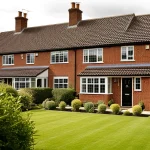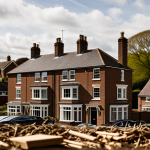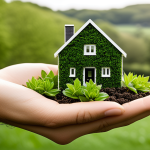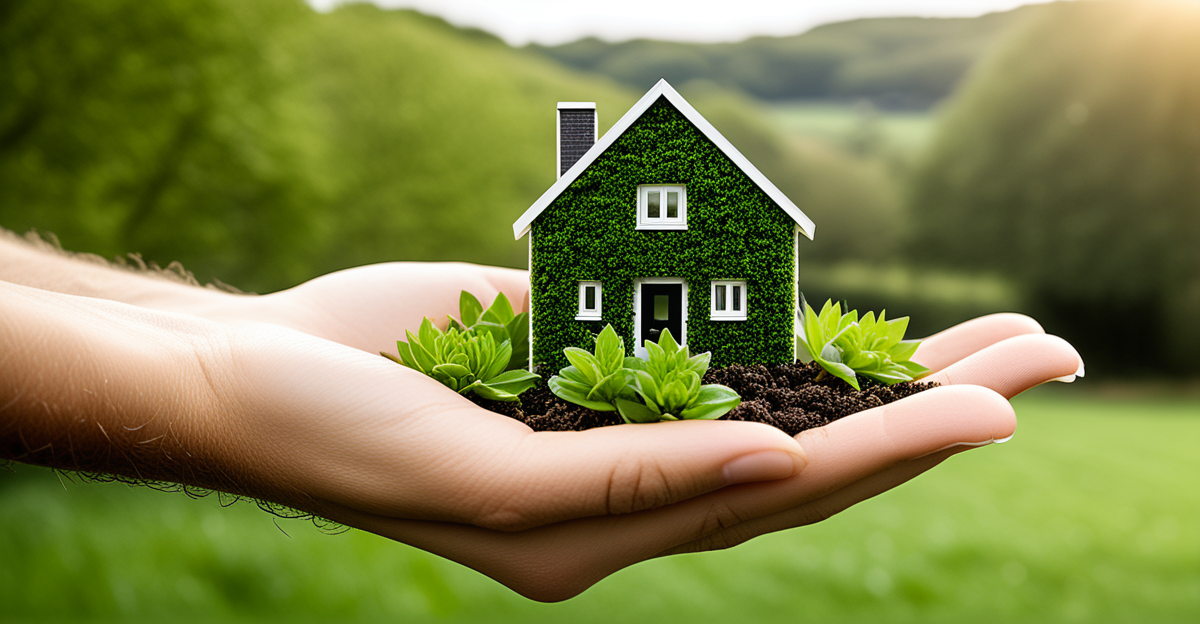Overview of Green Technology in Real Estate
The integration of green technology in the real estate sector is becoming increasingly prevalent, driven by the demand for sustainable building practices and evolving real estate trends. Green technology in this context refers to environmentally-friendly innovations designed to reduce resource consumption and minimize environmental impact. This includes renewable energy sources, energy-efficient systems, and sustainable building materials, all aimed at supporting eco-friendly developments.
Recent advancements in green technology have introduced innovative solutions such as smart energy management systems, which enhance the efficiency and sustainability of buildings. These systems are capable of reducing waste and optimizing energy use, thereby contributing significantly to sustainability goals. Moreover, there has been progress in the development of materials that are both durable and environmentally benign, promoting a shift towards eco-friendly construction practices.
Topic to read : Why Are Real Estate Investments in the UK Considered Secure?
The importance of sustainability in real estate cannot be overstated, as it aligns with global efforts to combat climate change and preserve natural resources. As such, adopting green technology is not just a trend but a long-term commitment that can lead to considerable benefits, including energy cost savings, increased property value, and an enhanced reputation for conscientiousness in environmental stewardship. In this way, green technology stands at the forefront of the real estate industry’s transformation towards a more sustainable future.
Economic Impacts of Green Technology
The adoption of green technology in real estate brings substantial economic benefits, prominently through cost savings and increased property value. Buildings equipped with energy-efficient systems typically experience a significant drop in operational costs. This is achieved through reduced utility bills, which lowers the overall expenditure for property owners.
Have you seen this : What impact does UK economic policy have on real estate investments?
Moreover, the emphasis on sustainability often translates into a higher market demand. Properties boasting green certifications frequently command a premium price, reflecting their enhanced appeal to eco-conscious buyers. This, in turn, boosts the return on investment for stakeholders engaged in green real estate developments.
Beyond individual cases, broader economic analyses reveal that sustainable properties tend to have better occupancy rates and can achieve higher rents, as tenants are increasingly aware of the long-term savings and health benefits associated with such buildings. To illustrate these gains, several case studies have documented the impressive financial returns for investors who prioritized sustainable building practices.
These examples underscore the tangible economic incentives for adopting green technologies, marking them as prudent investments in the contemporary real estate landscape.
Environmental Benefits of Green Technology
Green technology significantly reduces the environmental impact of buildings by minimizing energy consumption and lowering the carbon footprint. In practice, green buildings achieve energy savings through advanced systems like smart thermostats and energy-efficient lighting. These innovations not only decrease reliance on non-renewable resources but also contribute to a cleaner environment.
Reducing energy consumption curtails emissions, directly affecting local ecosystems by lowering air and water pollution. Green buildings often use environmentally friendly materials and construction techniques that ensure minimal disruption to biodiversity. This approach fosters a harmonious coexistence with nature, supporting the preservation of habitats and species.
Employing sustainable practices offers long-term environmental benefits. As buildings operate more efficiently, they decrease strain on public utilities and natural resources, paving the way for a sustainable future. By proactively investing in green technology, the real estate sector plays a crucial role in combating climate change and fostering ecological balance. These efforts are integral to preserving the planet for future generations, showcasing the potent environmental advantages of adopting green technology.
Government Policies and Incentives
The incorporation of green technology in the real estate sector is heavily influenced by regulations and incentives from the UK government, aimed at fostering environmental sustainability. The legislation supporting these efforts includes ambitious targets for reducing carbon emissions and enhancing energy efficiency in new and existing properties. By setting such benchmarks, the government pushes developers and homeowners towards adopting sustainable building practices that align with national environmental goals.
Financial incentives have been introduced to encourage the integration of green technology in real estate projects. These incentives often come in the form of grants, tax breaks, and subsidies, reducing the initial cost barrier for implementing energy-efficient systems. Such governmental support is crucial in motivating stakeholders to invest in sustainable technologies, leading to long-term cost savings and increased property value.
Looking forward, the UK government is expected to continue shaping real estate practices through evolving policies. Future trends suggest a stronger emphasis on renewable energy and smarter energy management systems, reflecting the ongoing commitment to a sustainable future. By setting stricter regulations and offering incentives, the government plays an essential role in accelerating the transition towards eco-friendly real estate. These efforts ultimately aid in reducing the environmental impact and promoting sustainable urban development.
Case Studies of Green Technology in UK Real Estate
The real estate sector in the UK has witnessed remarkable transformations with the adoption of green technology, showcased through pioneering projects that set benchmarks for sustainability.
Highlighting Successful Green Developments
Notable projects like the BedZED (Beddington Zero Energy Development) serve as pioneering examples of sustainable developments. BedZED, a mixed-use community located in South London, exemplifies how integration of green technology can be achieved on a large scale. Utilizing energy-efficient designs and incorporating renewable energy sources like solar panels, it reduces reliance on grid energy and significantly minimizes its carbon footprint. Such projects illustrate the feasibility and benefits of sustainable construction practices.
Innovative Use of Renewable Energy
A key component of these developments is the use of renewable energy. For instance, the King’s Cross development in London employs ground-source heat pumps, which drastically reduce energy consumption and carbon emissions. The integration of photovoltaic panels in developments like One Angel Square in Manchester further underscores the trend of utilizing renewable energy to power large commercial spaces sustainably.
Community Engagement in Sustainable Projects
Beyond technological advancements, community involvement is vital. The development of the Brighton & Hove Energy Services Cooperative (BHESCo), a community-led renewable energy initiative, highlights the importance of public engagement. By allowing communities to have ownership stakes and a say in local energy projects, it fosters a sense of collective responsibility and encourages wider adoption of green practices. These examples demonstrate not only technological ingenuity but also the significance of community support in the success of sustainable projects.
Future Trends in Green Technology and Real Estate
As the real estate sector continues to evolve, future innovations in green technology are poised to significantly impact the industry. Emerging trends suggest a growing focus on integrating smart technology to enhance both energy efficiency and sustainability. These advancements are not only driven by environmental concerns but also by the evolving demands within the market.
Innovations on the Horizon
Looking ahead, we can anticipate breakthroughs in building materials that contribute to sustainable building trends. For instance, advancements in green concrete, which incorporates recycled materials, promise to lower environmental impact while maintaining structural integrity. Such innovations could become standard in new developments, setting a benchmark for eco-friendly construction practices.
Evolution of Smart Solutions
Smart technology is also expected to play a pivotal role in the market evolution. Building management systems leveraging Artificial Intelligence and the Internet of Things (IoT) can provide real-time data to optimize energy use, ensuring that energy efficiency is continually improved. This not only aids in reducing a property’s carbon footprint but also offers cost savings to residents and businesses through optimized utility usage.
Embracing Sustainable Alternatives
As we move forward, the integration of sustainable alternatives, such as vertical gardens and rainwater harvesting systems, will likely become more prevalent. These solutions not only enhance building aesthetics but also support eco-friendly water and air management. The role of green roofs and living walls is being increasingly recognized for their potential to provide natural insulation, contributing to reduced energy consumption.
In summary, the future of green technology in real estate appears promising, with continued innovations set to redefine sustainable building practices. Stakeholders are encouraged to stay informed and be proactive in embracing these emerging trends, ensuring their developments remain competitive and environmentally responsible.










